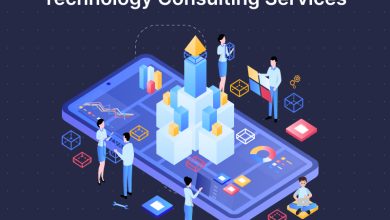Navigating the Digital Realm: The Essence of Web Development

In the dynamic landscape of the internet, web development stands as the cornerstone of our digital experiences. From the seamless functionality of your favorite apps to the captivating design of cutting-edge websites, web development is the invisible force that powers the online world. This article explores the fundamental aspects of web development, delving into its key components, the evolution of web technologies, and the pivotal role it plays in shaping our digital interactions.
The Core Components of Web Development:
- Front-End Development: Front-end development is the user-facing side of web development. It involves crafting the visual and interactive elements that users experience directly. Technologies like HTML, CSS, and JavaScript are the building blocks, enabling developers to create engaging and responsive user interfaces.
- Back-End Development: Back-end development focuses on the server-side of web applications. It involves managing databases, handling user authentication, and ensuring the overall functionality of the application. Server-side languages like Python, Ruby, Java, and frameworks such as Node.js and Django are instrumental in back-end development.
- Full-Stack Development: Full-stack developers have expertise in both front-end and back-end development. They can seamlessly navigate between client and server-side tasks, allowing them to create comprehensive and fully functional web applications.
Evolution of Web Technologies:
- Responsive Web Design: The rise of mobile devices prompted the adoption of responsive web design. Ensuring that websites adapt seamlessly to various screen sizes and devices has become a standard practice, enhancing user experience across platforms.
- Web Development Frameworks: Frameworks like React, Angular, and Vue.js have streamlined the development process, providing developers with pre-built components and efficient tools to build robust and scalable web applications.
- Progressive Web Apps (PWAs): PWAs combine the best of web and mobile applications. They offer offline capabilities, push notifications, and an app-like experience, blurring the lines between traditional websites and mobile apps.
- API-Driven Development: Application Programming Interfaces (APIs) have become integral for connecting different software components. API-driven development allows developers to create modular and scalable applications by leveraging external services and data.
The Impact of Web Development Across Industries:
- E-Commerce: Web development has revolutionized the way we shop, enabling e-commerce platforms to provide secure transactions, personalized user experiences, and seamless navigation.
- Healthcare: Web applications in healthcare facilitate appointment scheduling, telemedicine, and secure access to medical records, enhancing patient care and communication.
- Education: Educational platforms leverage web development to provide online courses, collaborative learning environments, and interactive educational resources, expanding access to knowledge.
- Business and Marketing: Web development is pivotal for businesses, providing a digital storefront, content management systems, and data analytics tools that empower marketing strategies and decision-making.
Conclusion:
Web development is more than just coding; it’s about creating digital experiences that resonate with users and drive innovation. As technology continues to advance, the role of web developers becomes increasingly crucial in shaping the future of the internet. Whether it’s the seamless functionality of a well-crafted website or the intricate architecture of a robust web application, web development is the art and science that propels us into the boundless possibilities of the digital realm.




